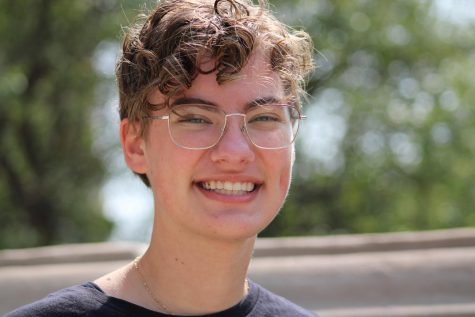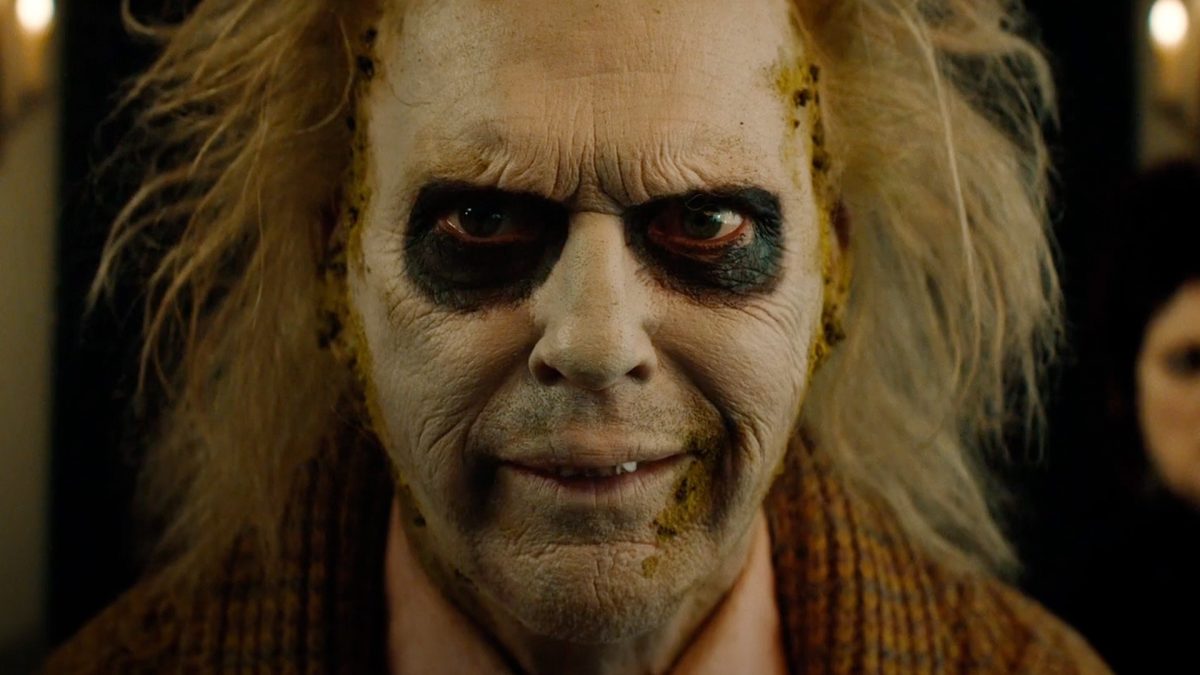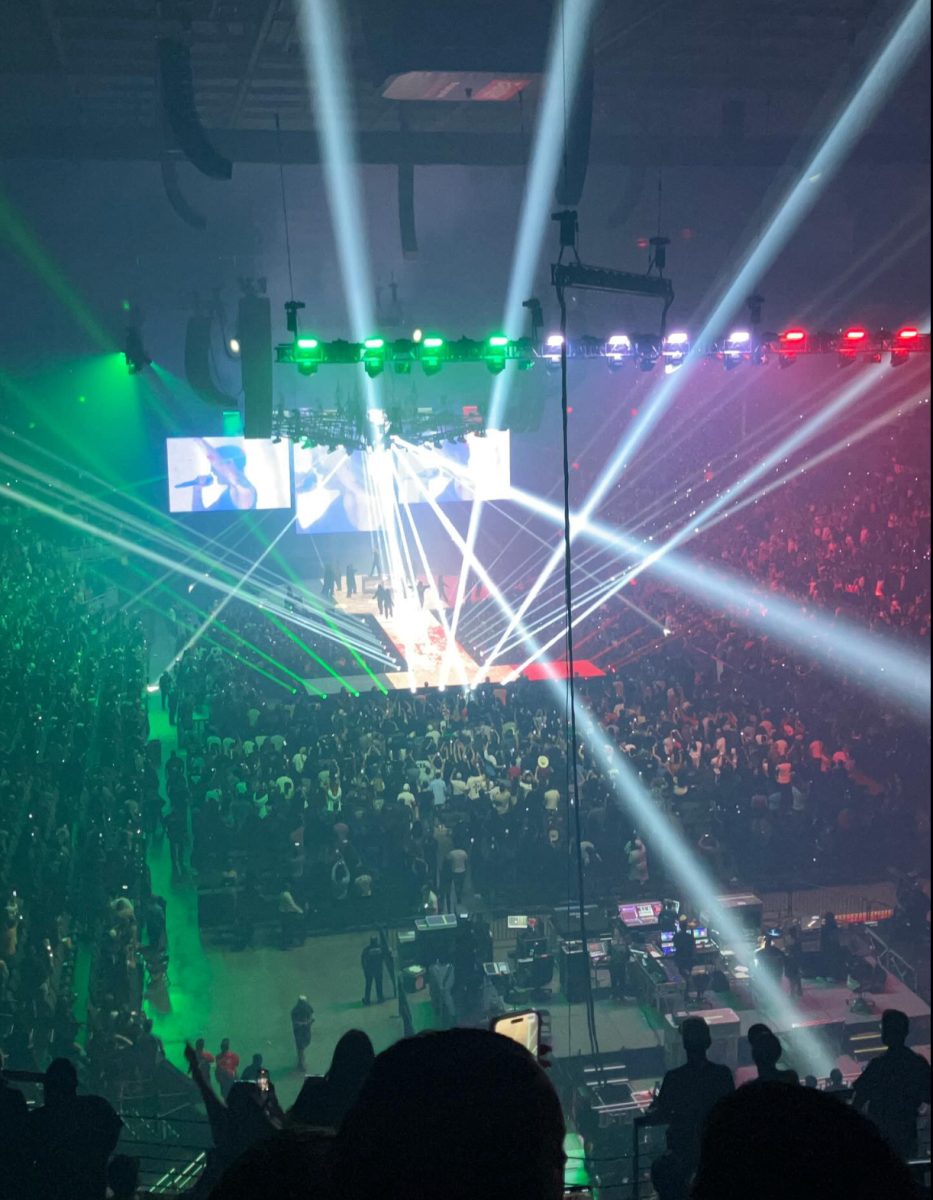Picture books with LGBTQ characters face censorship
For many of us, children’s books were our first introduction to lives beyond our own. Children’s books introduce kids to diverse stories and teach kids about kindness, creativity and persistence. They are influential in shaping how a kid sees the world- even today, I could tell you about the books I’ve read as a little kid that still impact me today. Thus, it’s essential that children’s literature tells stories with LGBTQ characters.
However, most picture books portray heterosexual families and strict gender norms. According to the Cooperative Childrens Book Center, a research library at the University of Wisconsin Madison, fewer than 4% of children’s books in 2018 had any LGBTQ characters. Most of these books are written for teens. It is rare to find picture books and middle-grade books that feature LGBTQ characters, despite the fact that many kids begin questioning their orientations and gender identities in elementary and middle school. Diverse books send a valuable message to kids: you are not alone or abnormal.
Many children’s books with LGBTQ characters have been subject to censorship. And Tango Makes Three, a picture book about two male penguins who raise a chick together, has often been challenged by school districts and libraries. It’s appeared on the American Library Association’s annual list of top 10 most challenged books eight times since its publication in 2005. In 2019, eight out of the ten most challenged books were challenged for containing LGBTQ characters or content. I Am Jazz, a picture book written by transgender teen Jazz Jennings, was challenged for being “sensitive, controversial, and politically charged.” It is overwhelmingly schools in conservative, rural areas that censor books- further isolating any LGBTQ kids there.
Despite censorship and challenges, more diverse children’s books are published every year. Libraries and bookstores in Omaha display books with LGBTQ characters. In some cities, libraries host “drag queen story hours” where drag queens read picture books out loud. LGBTQ children’s books are important in providing kids a sense of community and belonging, and they belong in libraries and bookstores everywhere.
Your donation will support the student journalists of Omaha Central High School. Your contribution will allow us to purchase equipment and cover our annual website hosting costs.

Hello, Register readers! I'm Noa Gilbert, (they/them) and your news editor! I'm a senior and this is my second full year on staff. In my free time, you...












